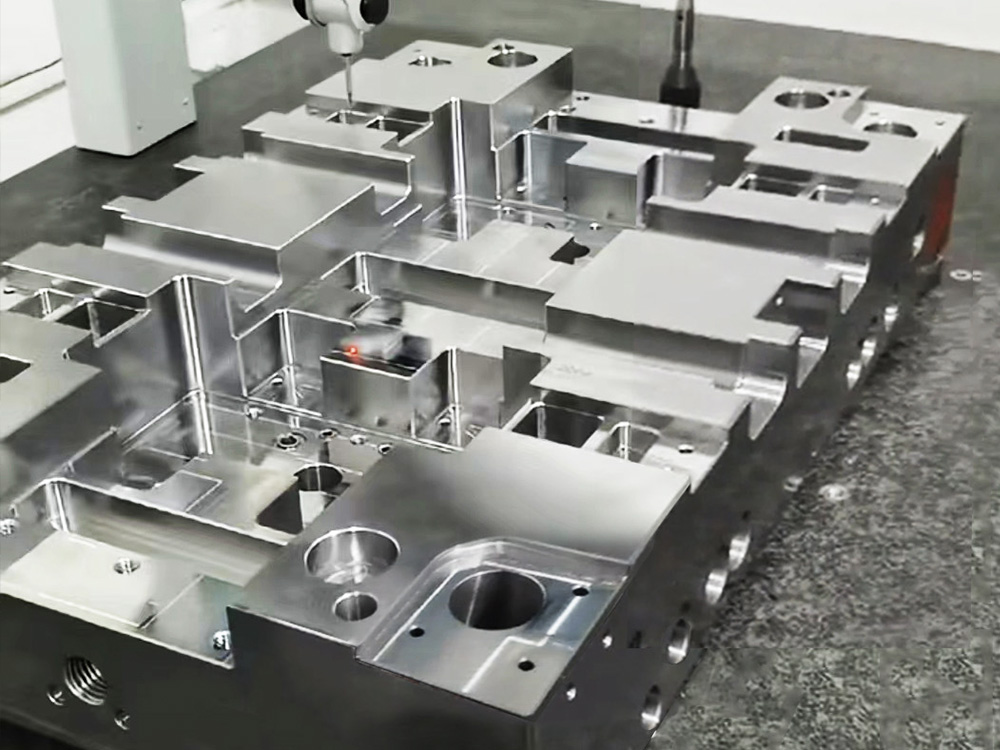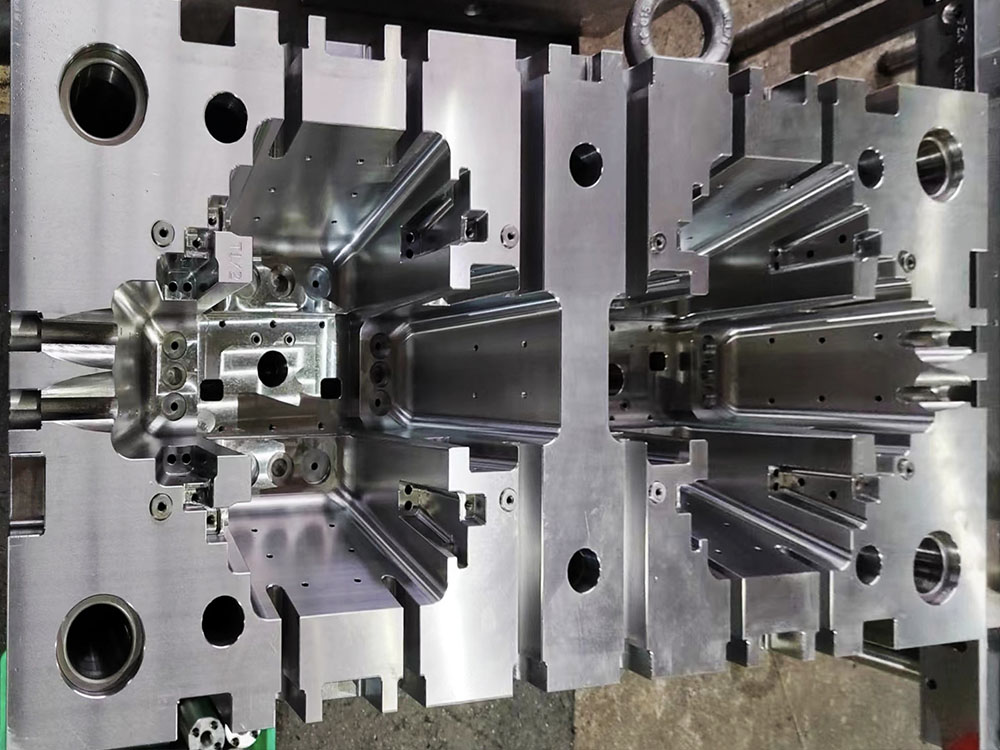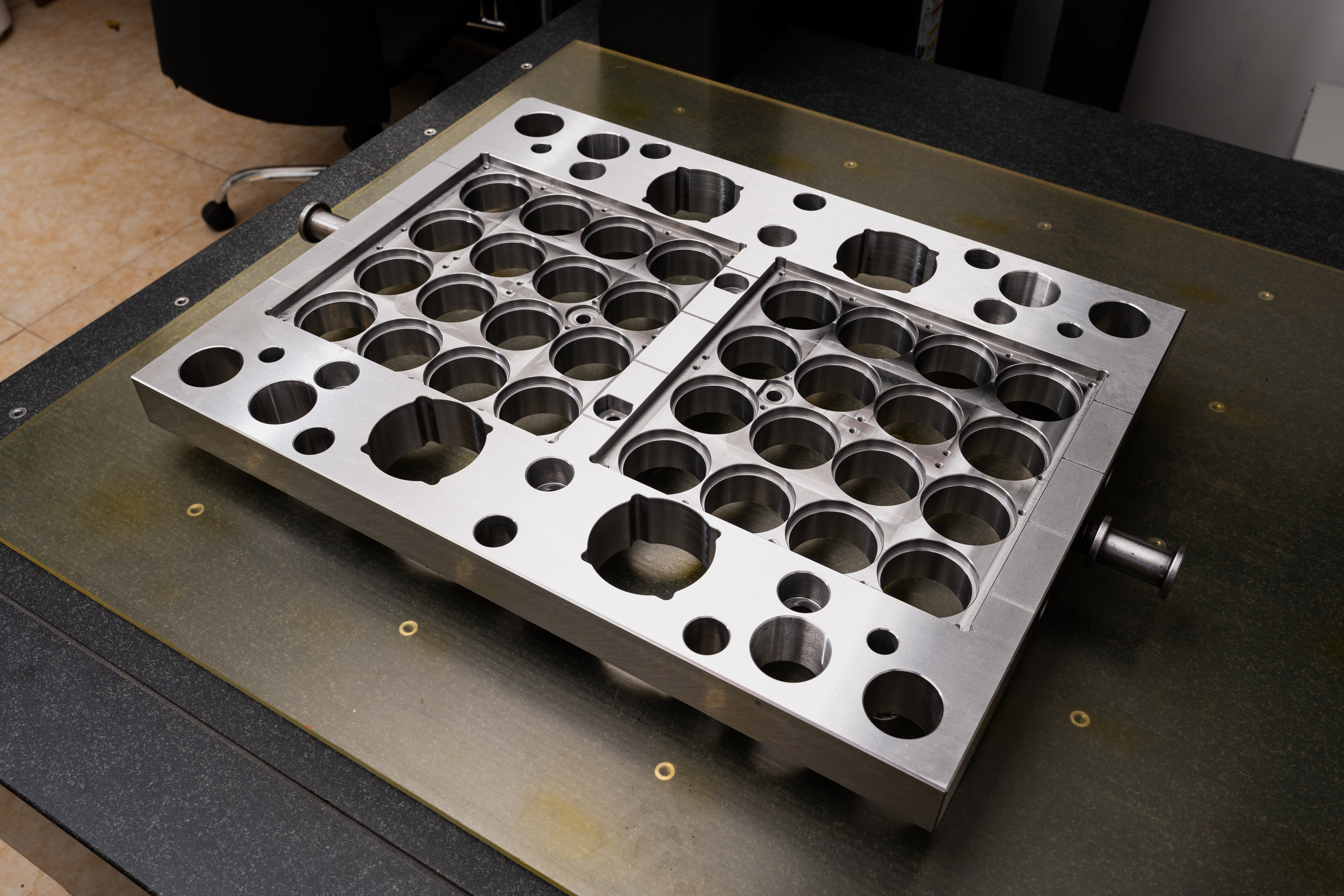How to Set Up Overlimit Supporting Structure Monitoring Points in the Mold Base Industry
In the mold base industry, setting up overlimit supporting structure monitoring points is crucial for ensuring the safety and integrity of the molds used in various manufacturing processes. By having a robust monitoring system in place, potential issues like excessive load or stress on the supporting structure can be detected early on, preventing costly damages and ensuring optimal performance. In this article, we will discuss the step-by-step process of setting up these monitoring points, ensuring a clear and professional approach.
Step 1: Identify the Critical Areas for Monitoring
The first step in setting up overlimit supporting structure monitoring points is to identify the critical areas that require monitoring. These areas are typically the load-bearing components or sections of the mold base that are prone to high stress or excessive loads. By carefully inspecting the mold base design and consulting with experts, these critical areas can be identified accurately.
Step 2: Choose the Right Monitoring System
Once the critical areas have been identified, the next step is to choose the right monitoring system. There are various options available, including strain gauges, load cells, and displacement sensors. The choice of monitoring system depends on factors such as the type of load to be measured, the level of accuracy required, and the specific requirements of the mold base industry. Consulting with monitoring system suppliers can help in selecting the most suitable system for the application.
Step 3: Prepare the Monitoring Points
After selecting the monitoring system, the next step is to prepare the monitoring points on the mold base. This involves carefully and accurately marking the locations where the sensors will be installed. It is essential to ensure that the monitoring points are aligned with the critical areas identified in step 1. Accurate placement of the sensors is crucial for obtaining reliable and precise data.
Step 4: Install the Sensors and Wiring
Once the monitoring points are prepared, the sensors can be installed. This step involves securely attaching the sensors to the mold base using appropriate adhesive or mounting brackets. It is crucial to follow the installation instructions provided by the monitoring system supplier to ensure proper sensor functioning.
Step 5: Connect the Sensors to the Monitoring System
After installing the sensors, the next step is to connect them to the monitoring system. This involves routing the sensor wiring to the monitoring system unit and properly connecting them. Care should be taken to ensure proper insulation and protection of the wiring to prevent any damage or interference.
Step 6: Calibrate the Monitoring System
Once the sensors are connected, the monitoring system needs to be calibrated. Calibration ensures that the system accurately measures and interprets the data from the sensors. It involves setting the appropriate parameters and adjusting the system as per the specific requirements of the mold base industry. Calibration should be done by qualified technicians to ensure accuracy.
Step 7: Test the Monitoring System
After calibration, it is essential to thoroughly test the monitoring system to ensure its proper functioning. This can be done by applying controlled loads or stress to the mold base and observing the data recorded by the system. Testing helps in detecting any potential issues or discrepancies in the monitoring setup and allows for necessary adjustments or troubleshooting.
Step 8: Regular Maintenance and Monitoring
Once the monitoring system is set up and tested, it is crucial to ensure regular maintenance and monitoring. This includes periodic checks of the sensors, wiring, and monitoring system unit to identify any signs of damage or malfunction. Additionally, regular monitoring of the recorded data helps in detecting any changes or trends that may indicate possible issues with the supporting structure.
Conclusion
Setting up overlimit supporting structure monitoring points is an essential aspect of the mold base industry. By following a systematic approach and considering the specific requirements of the industry, a reliable and effective monitoring system can be established. This ensures the safety and integrity of the molds and contributes to the overall efficiency of the manufacturing processes. Regular maintenance and monitoring further ensure the long-term effectiveness of the monitoring system.




